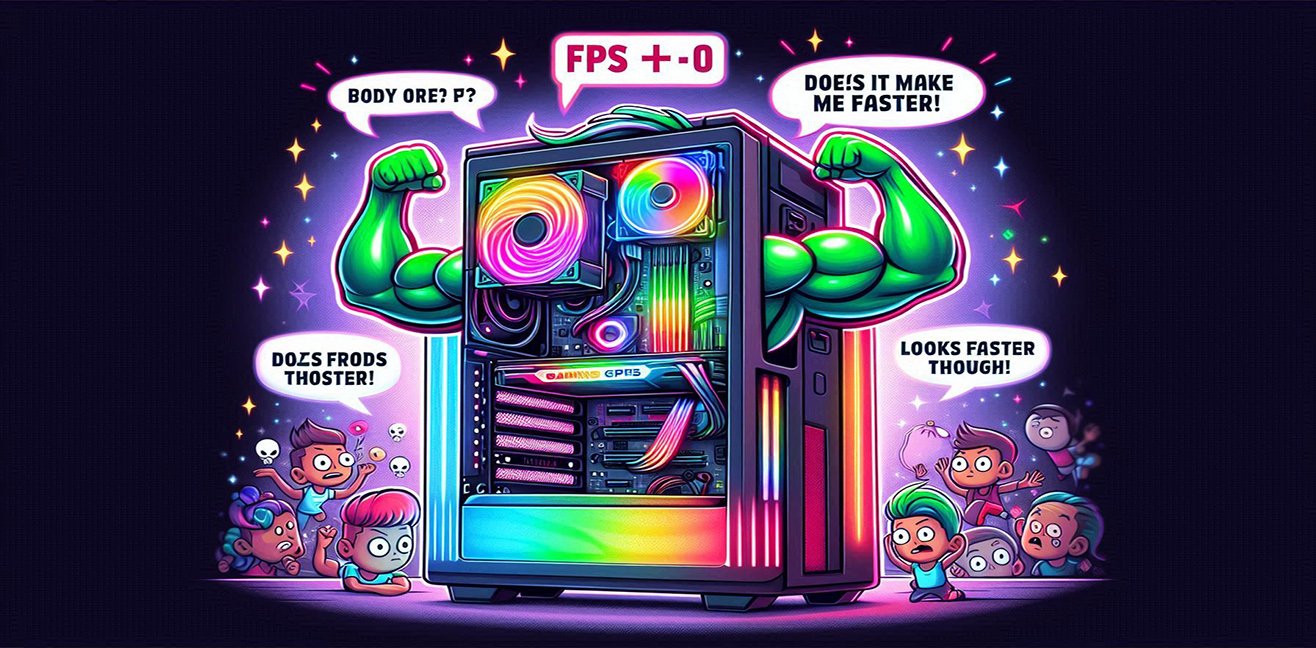Welcome to the cold yet heartbeat-like world of data centers! 🌌
Today, we’ll talk about a process that is often just as important as installation but usually happens quietly in the background: rack-mount server dismantling.
Yes, installation gets the grand announcements, the lights come on, the fans start spinning… But when it comes to dismantling, it often happens like a secret ritual in the coffee-scented hands of the IT team. ☕🔧 Let’s put this process on the table in both a technical and fun way.
🔎 A Quick Look at Rack-Mount Servers
First, let’s define:
- A rack-mount server is a server mounted horizontally into special rack cabinets (typically 19 inches).
- They come in sizes like 1U, 2U, 4U. (Here, “U” is a unit equal to 1.75 inches. So, 2U = 3.5 inches in height.)
- A cabinet can hold hundreds of servers in an organized way.
👉 Dismantling means removing these devices, disconnecting their connections, and transporting them safely. Looks simple? In reality, it’s a critical operation.
📋 Pre-Dismantling Preparation
Planning
- Which server will be dismantled?
- What services are running on it? (Web, email, database?)
- Who will be affected when it’s shut down?
Because “I shut down the wrong server” is as disastrous in the IT world as “I sent the message to the wrong person.” 😅
Backup
- No dismantling is done without a complete backup.
- System images, database dumps, logs… everything is stored separately.
In short: No backup, no mercy! 🔥
Safety Measures
- Wear an anti-static wristband (because the human body is basically a small lightning factory).
- Disconnect power supplies.
- Ensure the fire prevention system remains active (because spark = disaster).
🔧 Step-by-Step Dismantling Process
1. Safely Shutting Down the Server
- Shut down with the command
shutdown -h nowor through the management console (iDRAC, iLO, etc.). - Wait a few minutes after shutdown, since some RAID controllers continue “sneaky sync” operations in the background.
2. Disconnecting Power and Network Cables
- Remove power cables.
- Disconnect network cables (RJ45, fiber, InfiniBand).
- Label the cables. Otherwise, during reinstallation you might waste hours asking, “Is this the fiber cable or the one for the coffee machine?” ☕
3. Removing from the Rack
- Rack-mount servers are installed using a rail system.
- Screws (usually Phillips or Torx) are removed.
- The server is carefully slid out of the rails. (Usually a second person is needed, because 2U/4U servers can weigh 20–30 kg. Try it alone and both your back and your mood will collapse. 🏋️)
4. Separating Components and Accessories
- Disks (HDD/SSD) are stored separately, since company data usually lives there.
- RAM and CPU can either be left in place or removed for reuse.
- Rack screws, cable ties, and power adapters are collected in labeled boxes.
5. Physical Transportation
- Use anti-static packaging when transporting.
- If stored, keep in a climate-controlled environment (because yes, servers can “sweat” due to humidity).
🧩 Post-Dismantling Checks
- A dismantling report is prepared.
- Which server, which date, for what purpose was removed?
- Which cable, which disk, which part is in which box?
Without this, future IT meetings could turn into a CSI episode:
“Where did the server go?” – “I don’t know, last time I saw it, it was in the storage room.” 🕵️
⚡ Common Challenges and Solutions
- Cable Chaos: Solved with labeling.
- Weight Issues: Always lift with two people.
- Risk of Data Loss: Backups save the day.
- Static Electricity: Anti-static wristband = superhero cape.
🎯 Conclusion
Rack-mount server dismantling is not just about “taking the hardware apart”;
👉 It’s about data security,
👉 Hardware health,
👉 And professional workflow.
In a way, this process is like a surgeon finishing an operation.
If not done carefully, patiently, and systematically, the health of the system is at risk.
💡 Golden Tip:
When dismantling, be patient, label cables, take backups, and never lift heavy servers alone. Because yes, you might be a technology hero, but your back will remind you years later like a “veteran IT worker.” 😅




